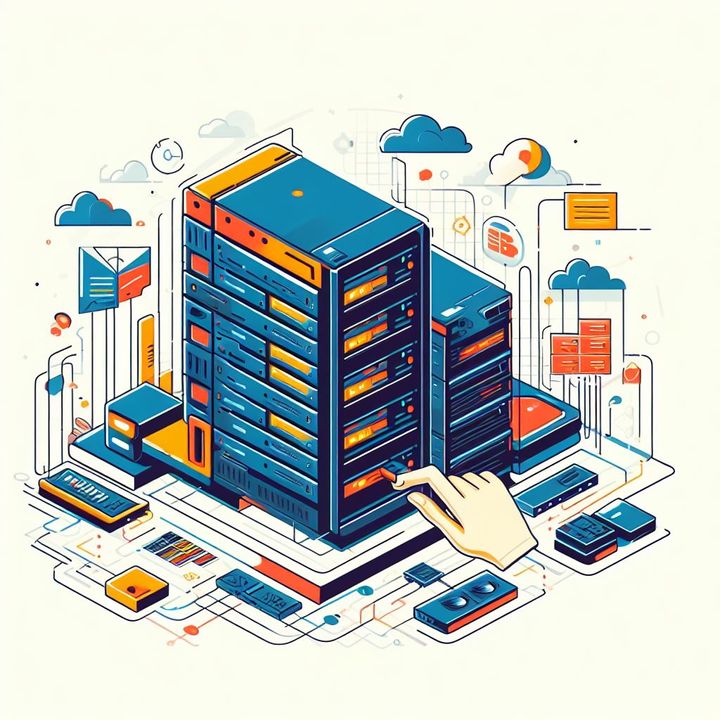How to Implement a Content Management System (CMS) on Your Dedicated Server

Implementing a Content Management System (CMS) on a dedicated server involves several steps. Here's a general guide to help you get started:
- Choose a CMS:
- Select a CMS that fits your requirements. Popular choices include WordPress, Joomla, Drupal, and others. For this guide, I'll assume you're using WordPress.
- Get a Dedicated Server:
- Purchase a dedicated server from a hosting provider or set up your own if you have the necessary hardware.
- Set Up the Server:
- Install a web server (e.g., Apache, Nginx), a database server (e.g., MySQL, MariaDB), and PHP (if needed).
- Domain Configuration:
- Point your domain to the IP address of your dedicated server. This involves updating DNS records. You can do this through your domain registrar's control panel.
- Install a Database:
- Create a database and user for your CMS. This can typically be done through the control panel provided by your hosting provider or using a database management tool like phpMyAdmin.
- Upload CMS Files:
- Connect to your server using FTP or SSH. Upload the CMS files to the appropriate directory (often
public_htmlorwww).
- Connect to your server using FTP or SSH. Upload the CMS files to the appropriate directory (often
- Configure CMS:
- Visit your domain in a web browser. The CMS installation process will begin. Follow the on-screen instructions. You'll need to provide the database details you set up earlier.
- Secure Your CMS:
- Change default usernames and passwords. Install security plugins or extensions (if available). Set up a firewall and regularly update the CMS and its plugins/themes.
- Customize and Design:
- Log in to your CMS admin panel. Depending on your chosen CMS, you'll have different options for customizing the site's appearance and functionality.
- Add Content:
- Start creating pages, blog posts, and other content. Familiarize yourself with the CMS's editor and features.
- SEO and Optimization:
- Install SEO plugins/extensions to help with search engine optimization. Optimize images and ensure your site loads quickly.
- Backup and Maintenance:
- Regularly back up your website and database. Set up automated backups if possible. Monitor your server for any issues and perform routine maintenance tasks.
- SSL Certificate:
- Install an SSL certificate to secure the connection between your server and visitors.
- Monitoring and Performance Optimization:
- Use monitoring tools to keep an eye on server performance and traffic. Optimize server settings and code for better performance.
- Scaling (if needed):
- If your site grows in traffic, consider scaling your server resources or implementing caching solutions to handle increased load.
Remember, this is a general guide and specific steps might vary depending on the CMS you choose and the server environment you're working with. Always consult the documentation provided by your CMS and hosting provider for any specific requirements or recommendations.



